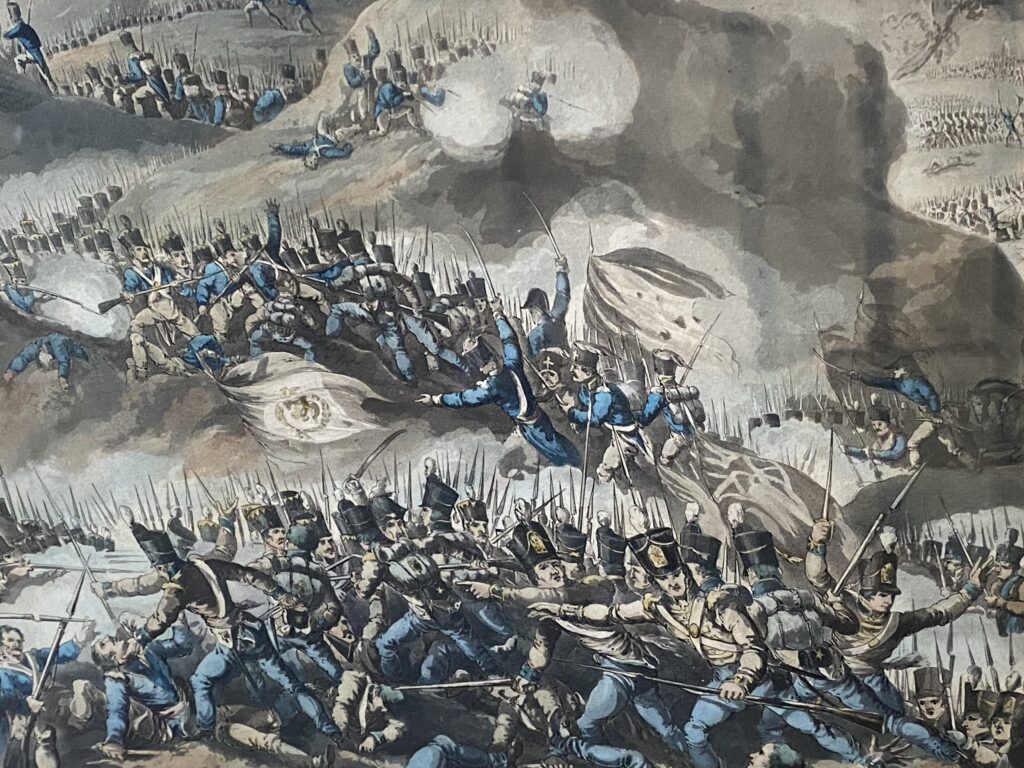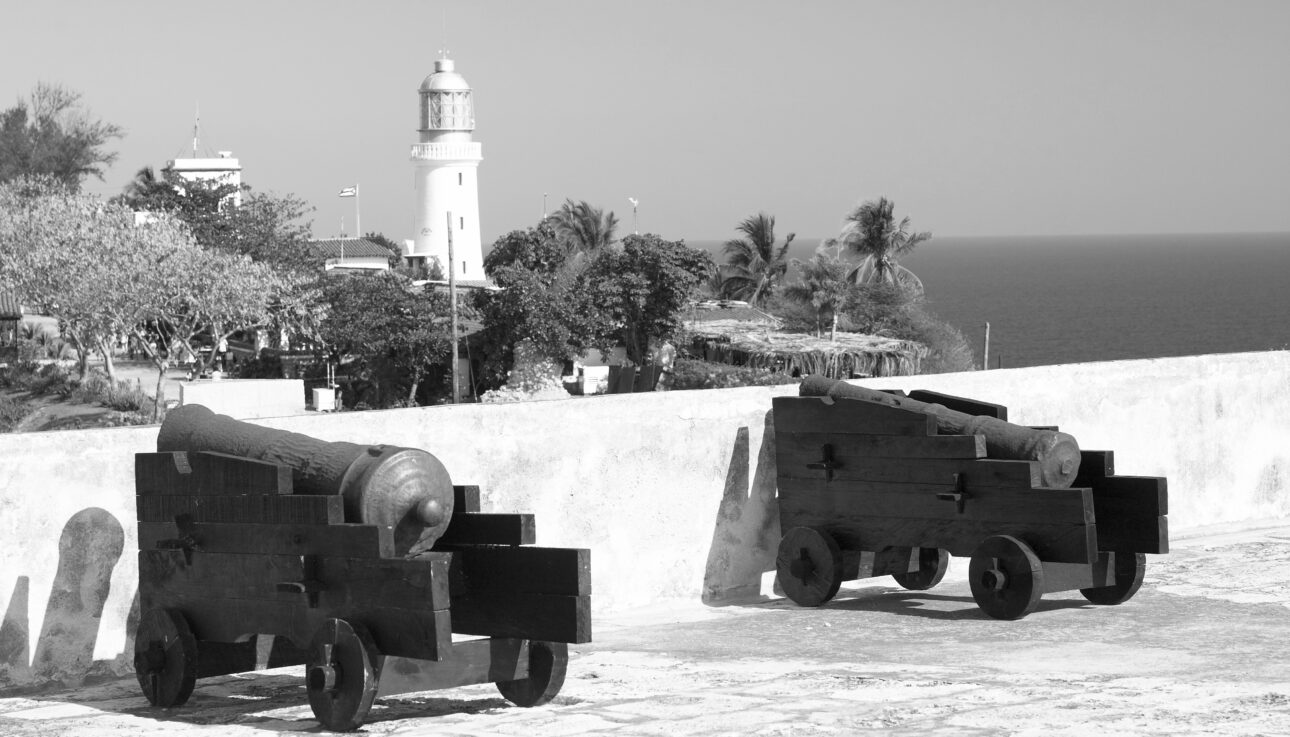Travelers visiting Cuba today can enjoy beautiful beaches and resorts, along with the warm hospitality of the locals. And those who venture off the resort on excursions can experience a distinct cultural history through its colonial architecture. When I travel anywhere, I ask myself what is the story behind the places I am visiting. In the article below, I have highlighted a brief history of this tropical island.
It is thought that people first ventured to Cuba from South America around 3500 BC. These people were fishermen and hunters, and were joined sometime later by the agricultural Arawak Indians (Taino). By the time the Spanish arrived in the late 15th Century, three quarters of Cuba’s 100,000 indigenous people were Taino-speaking Arawaks.
In 1655, European powers began to challenge Spain’s colonial grip on the Caribbean. This is when the British took Jamaica, Haiti fell to the French in 1697 and Cuba was under constant threat of attack. British troops invaded Cuba in June 1762, capturing Havana and occupying it for 11 months. During their stay, the British imported 4,000 African slaves and vastly expanded Cuba’s trading links. Sugar production became the Island’s major industry, as American Independence in 1783 created new markets. The slave uprising of 1791 in Haiti eliminated Cuba’s biggest sugar producing competitor. By 1820, Cuba was the world’s largest producer of sugar due to tens of thousands of newly imported African slaves.


Cuba’s first War of Independence was launched in October 1868, and was headed by a Creole planter, Carlos Manuel de Cespedes. After 10 years, a pact was eventually signed, granting them amnesty. Meanwhile, a group of Cuba rebels exiled to the USA began plotting the overthrow of the Spanish colonial government. Within their ranks was Jose Marti, a poet and essayist who would become a national hero. Marti and his military Commander, General Maximo Gomez, landed on Eastern Cuba in 1895. Just a few weeks later Marti, conspicuous on his white horse, was shot and killed during a skirmish with the Spanish. Spain sent in the ruthless military man Valeriano Wyler, to quell the rebellion. Although his measures were successful, Cuba’s agricultural-based economy was in ruins.

The Platt Amendment gave the USA the right to intervene military in Cuba’s domestic affairs at the discretion of the US, giving the choice of accepting the planned amendment or remaining indefinitely under US military occupation. Approved on May 22, 1903, the amendment was a treaty that protected Cuba’s independence from foreign invasion.
The time was now right for the US government to purchase Cuba. The USA declared war when Spain rejected its offer to purchase Cuba for $300 million. Hostilities lasted for 3 months until the Spanish surrendered. The USA installed a governor of Cuba, General John R. Brooke, and he and his successor began a series of public work projects. Some of them included building schools, improving public health, among others, all clearly designed to tie Cuba to the USA.
In August 1933, President Gerado Machado y Morales was overthrown in a coup. Army sergeant Furgencio Batista seized power. Over the next 20 years, Batista won, lost and stole power, while Cuba crumbled and its assets were placed into foreign hands. Years of political corruption and social injustice finally came to a close after a 3-year guerrilla campaign led by a young lawyer Fidel Castro. Batista fled Cuba for the Dominican Republic, taking with him $40 million of government funds, which led to Castro to be named prime minister. A massive exodus of Cuba’s middle class began immediately after Castro took power. Most of these exiles settled just across the water in Miami, where they have since orchestrated virulent anti-Castro campaigns have and had a powerful imact on US foreign policy. In a speech honouring the Cuban forces that repelled the disastrous April 1961 Bay of Pigs ivasion by 1,400 Cuban emigres trained and armed by the CIA. Castro said for the very first time that the Cuban revolution was socialist.
On October 22, 1962, President Kennedy announced that the Pentagon had identified a build up of military activity in Cuba. Reconnaissance aircraft spotted a Soviet convoy heading for Cuba with a cargo of atomic weapons. The Navy was mobilized to stop the missiles from reaching land. After 6 days of growing global tension, Kennedy reached an agreement with Russian premier Nikita Krushchev, the Russian Premier, on a withdrawal of Soviet armaments. It was now accepted that the world was on the brink of a nuclear holocaust.
In 1989 when Eastern Europe collapsed, Cuba was quickly isolated both politically and economically. Reforms were made in the Cuban system. Foreign companies were allowed to invest in Cuba. Tourism became the principal industry of the Cuban economy. The US had responded to this new openness by stiffening its embargo in 1996 with the Helms-Burton Act, allowing US investors to take legal action against foreign companies operating in Cuban and advising against loans to Cuba.
Over the centuries and into today, Cuba has developed its own spirit, inspired by both African and Spanish cultures. Experience it today!

